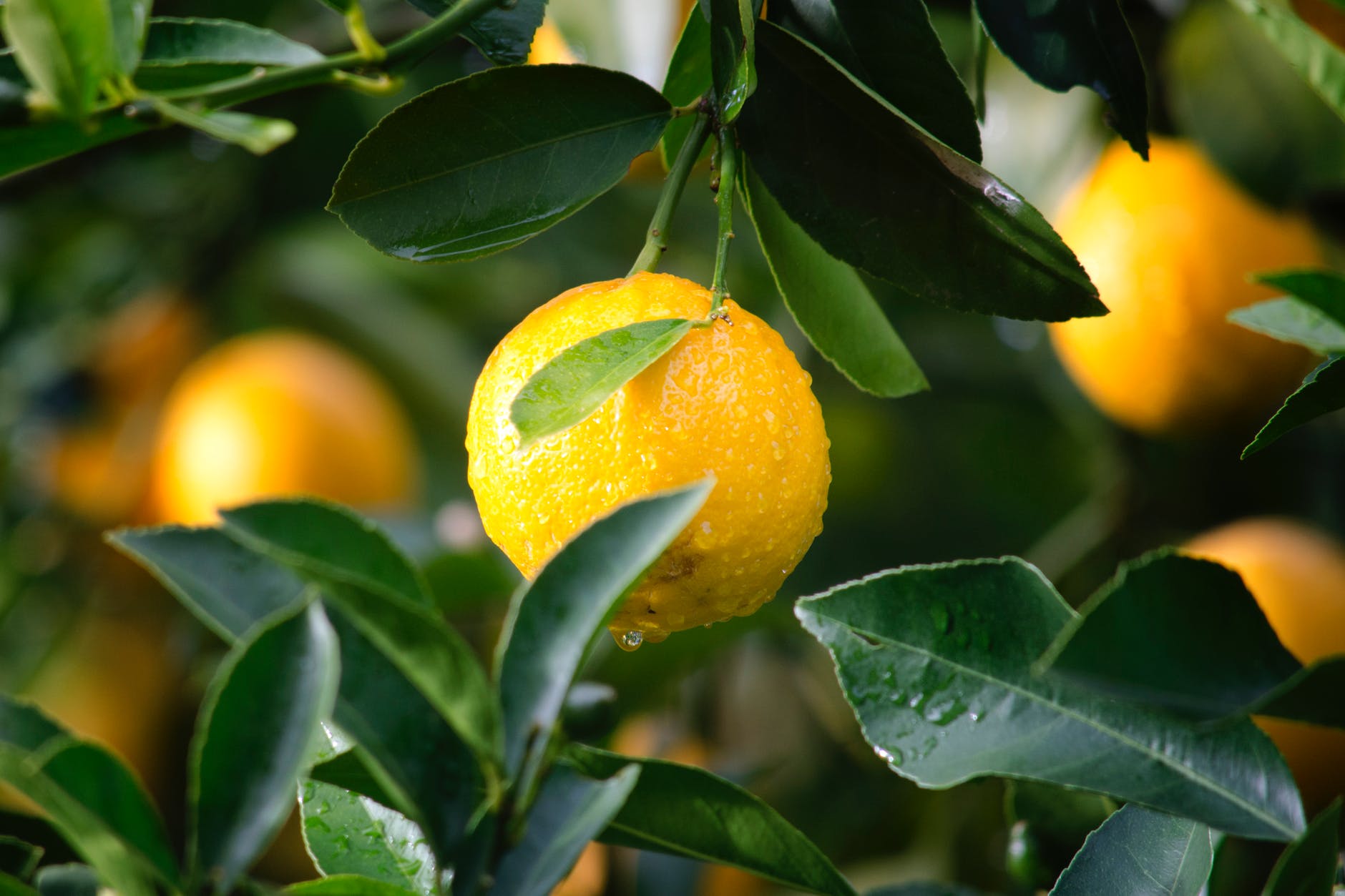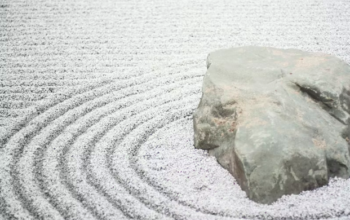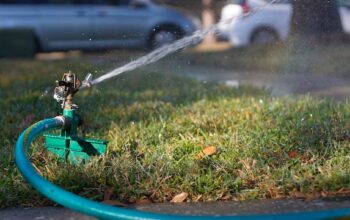Are you an occasional vegetarian, a carnivore sometimes but a fruit lover always? Do you want to freshen up the aesthetics and aroma of your home? Or perhaps you’re looking to avail the health benefits of fruits from your own garden (only, the climate doesn’t let you have an actual garden!). There are several reasons to grow your favorite fruits indoor, so you can enjoy them throughout the year. Although fruits do grow best outdoors, nature isn’t so cruel as to deprive you the pleasure inside your home: you can grow them indoors too if you’re providing your plants with ample light and lots of care.
Below are some fruits that you can start growing inside your home right now!
Strawberries
This mouthwatering, bright red berry can be grown inside a 6 inch pot filled with quality soil. During fall, place your strawberry pot next to a south facing window, where it can get plenty of sunlight. You need to make sure that despite the smaller pot, space for the plant isn’t compromised to prevent it from becoming cramped and molded. Make sure to water your strawberry pot every day, but refrain from flooding the soil.
At the start of spring, water the plant only when the top inch of the soil is dry. A fertilizer enriched with potassium works best for this fruit – the soil should be fertilized every month to ensure proper growth. After a few months, as spring gives way to summer, the fruit will ripen, ready to be either plucked out or re-planted outside in your yard.
Apricots
Unlike most fruits, apricots can easily be grown indoors using their pits. To do so, you’ll need some delicious late season apricots—eat the fruit and save their pits. Although only one seed is required, it’s better to experiment with several for better success. Hammer the pit carefully, not to crack the seed that lies inside. Once the seeds have been extracted, put them in an air-tight plastic bag and store them in your refrigerator for about two months.
After you’ve stratified the seeds, plant each of them in a separate 4-inch pot filled with all-purpose potting soil. Just as in the case of strawberries, place your pots, next to a window where they can receive a healthy amount of sunlight. Well drained soil is optimal for growing these tasty, nutritious fruits indoors, and with a bit of patience, you’ll be able to enjoy them once they’ve grown fully in a couple of years (inside your house, mind you).
Watermelons
It may come as a shock to the average gardener that a fruit as enormous as a watermelon can be grown inside the house. As can be deduced from its size, it requires a lot of space to grow, because the vertically growing vines take up ample room and need a stable and strong support, such as wiring, for the vines. This fruit needs to be grown in hot temperatures with loads of sunlight.
Thrilling as the proposition of growing a watermelon indoors may be, you will need to put in some time and money in the endeavor. People who want to do so on a low budget should consider themselves warned: be prepared for less than optimal results – you’ll need to spend some cash on high-tech LED lights for proper growth of the fruit indoors. You can read more about it here.
Lemons
Growing lemons can be a cup of tea, you can grow them either from scratch or get an already grown seedlings from a nursery. I prefer buying a pre-grown lemon plant and growing it further in my house. Pot up the little tree in about an 18 inch pot and fill the pot with stones, pebbles and soil to accommodate the drainage. Special soil is available for growing citrus fruit, using it can actually enhance the plant’s growth, resulting in a better harvest.
Make sure it receives around ten hours of sunlight everyday and is watered often, but not excessively. You’ll notice the lemons getting ripe in around 6-9 months, when their color develops from a greener shade to a yellower one.
Growing lemons using seeds will take up more care and patience. But the result can be just as, if not more, pleasing! Fill up your pot with damp potting soil, and bury the seed in after removing the pulp. The pot should be covered with a plastic bag, with some holes poked in to allow the soil to breathe, and should be placed in a sunny area; preferably next to a window.
Spray water into the soil, dampening it; when you notice a seedling sprouting above the soil, remove the plastic bag. Thereupon, take care of your seedling in much the same way as described above for the pre-grown lemon plant: ensure that it receives at least ten hours of sunlight each day and isn’t left thirsty for long.
There are plenty other fruits you can try growing – even in your bedroom, the trick is to have the conditions needed to grow them. A piece of advice for rookie gardeners: try it out first with pre-grown plants, and if you’re successful, gradually make the transition to seeds.
Related Posts

Loves home. I am here to provide how to make your home a much better place. 🙂 Blogging about HomeDecor, Home Improvements and more.











